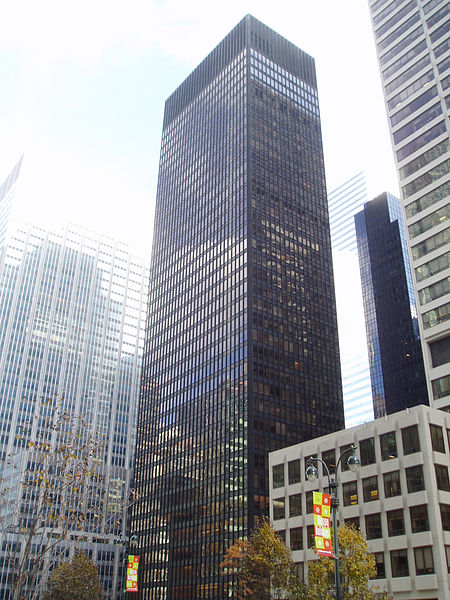1930 - 1960
International Style

description
International style is a movement in architecture based on the ideas of modernism. Among its main representatives are the architects Walter Gropius, Peter Behrens, Hans Hopp, Le Corbusier, Mies van der Rohe, Frank Lloyd Wright, Jacobus Oud, Alvar Aalto.
Key ideas:
– Representatives of the movement preferred straight lines, metal, concrete and glass surfaces.
– Architects most often used reinforced concrete as a material.
– Minimization of “excesses” in architecture, simplicity of forms. Mies van der Rohe characterized the international style with the phrase “Less is more”.
– The main thing is not symmetry, but balance.
– An important principle is the creation of volume, wide open spaces in the interior.
A few decades after its inception, the international style was criticized and gradually lost popularity: architects began to call it boring due to the lack of unusual details and ornaments.
description
Charles-Edouard Jeanneret-Gris, better known as Le Corbusier, was a French architect, the pioneer of architectural modernism and functionalism, a representative of international architecture, an artist and a designer. He was one of the founders of Purism.Jeanneret created his first architectural project at the age of 17, under the guidance of a professional architect. It was a house for engraver Louis Fallet. As soon as the construction was completed, Jeanneret made his first educational trip to Italy and Austria-Hungary. In Italy, Austria and France he created a few new projects for local buildings. “I prefer drawing to talking. Drawing is faster, and leaves less room for lies,” he said.
1887 - 1965
description
This is a Dominican Order monastery on a hillside near Lyon, France, and one of the most important buildings of the late Modernist style. It contains a church, one hundred bedrooms for teachers and students, study halls, an office and hall for relaxation, a library and a refectory.
1953 - 1960
